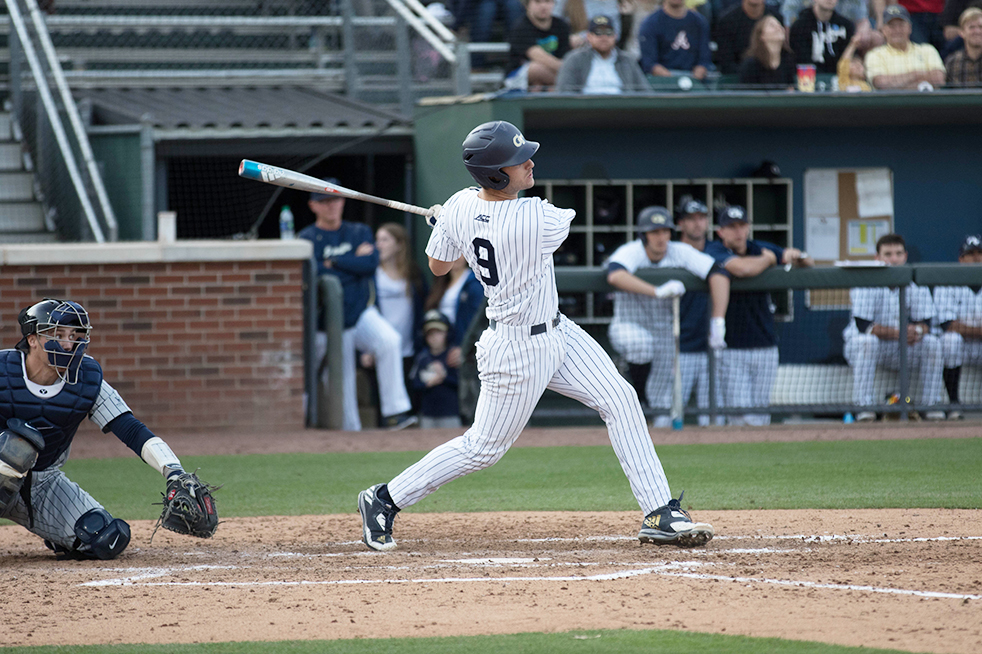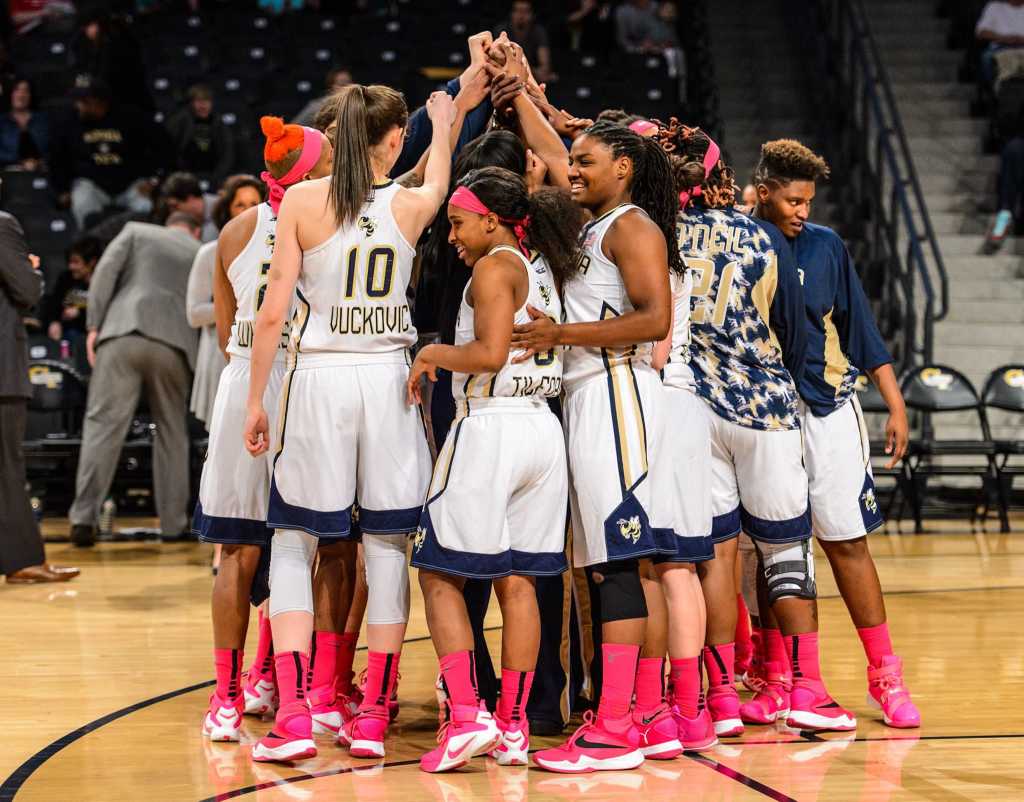Posted on 07 April 2017.

To an outsider, Quinton Stephens seems to be two people. Is he the outside-scoring threat who served as a leader in Tech basketball’s improbable National Invitation Tournament run? Is he the budding investment banker with a resume and immaculately selected wardrobe to boot? The answer, it seems, is both.
Yet Stephens has not segregated these aspects of his life: each has influenced the other. With his collegiate athletic career at its end, graduation nearing and questions as to what might be next for the charismatic senior, it is worth recognizing the progress he has made in his four years at Tech.
Through his first three seasons, Stephens was a role-player. He would play minutes off the bench against opponents’ second units. A credible threat from beyond the three-point arc and a high-energy defender, Stephens was the type of athlete former head coach Brian Gregory could count on to spell his starters, game after game.
After Gregory was fired after one underperforming season too many and a number of his key starters graduated, the Jackets could not afford to let Stephens sit any longer. The Marist School graduate was Tech’s leading returning scorer, with five points per game in the 2015–16 campaign.
Then-athletic director Mike Bobinski hired Josh Pastner to replace Gregory, precisely the type of coach who would appreciate Stephens’ style of play. While Stephens identifies Gregory as an excellent tactician, he commends the approach that Pastner brought to the team.
“From his first day, [Pastner] made it a lot about energy,” Stephens said. “He knew that we would have to adjust to him. As an athlete, it’s easiest when a coach tells you exactly what he’s expecting from you, and you’re either doing your job or you’re not.” Those expectations meant changes for Stephens, a gangly forward who often struggled to keep up his weight during the season.
“Once I realized the way we were going to play, I said, ‘Man, we’re going to do a lot of running,’” Stephens said with a laugh. “We didn’t know who would be playing the most minutes. But I knew that my body would have to be fueled for the amount of running we were going to be doing. Nutrition was huge.”
As much as Stephens was fueled, he fueled his team. Along with guards Corey Heyward and Josh Heath, Stephens was expected to serve as a leader for the team. He did. While Heyward was more vocal, Stephens was a pillar, helping the team through tough stretches in games and during the season. The key was learning to accept his new role.
“You almost have to take a step back. It’s like, ‘Man, I may not like my role, but I believe in my coach and his system.’ I feel like if I’m fulfilling my role, I’ll be helping my team.”
Stephens’ role was not that of a dynamic scorer — those shoes were ably filled by All-ACC freshman Josh Okogie. Stephens’ season-high was a 23-point outburst in his final game at McCamish Pavilion against Belmont. His seven double-doubles were crucial, especially for a team that lacked big men.
If there is one mark that defines Stephens’ contributions, it is this: he is Tech basketball’s all-time leader in games played. Through streaks and slumps, he has always done his part. Characteristically, he downplays it.
“I guess when I first heard it, I was like, ‘How?’ I was joking around with the guys that maybe it just takes me that much longer to get to the NBA.”
There is no doubt that “the guys” will miss Stephens, the wily veteran who has been a source of inspiration and levity for his team. But Stephens is confident that leaders will step up.
Josh Okogie, he said, is ready for more responsibility. Ben Lammers is not the most talkative but will make himself heard when it matters. Looking for an enforcer in the mold of Heyward? Look no further than redshirt freshman Sylvester Ogbonda, who will no doubt see more time on the court.
The next steps are uncertain. Stephens is currently choosing an agent to represent him at the professional level. While his name has not generated significant buzz in NBA circles, there is recent precedent for talented Tech players joining the NBA. Guard Marcus Georges-Hunt showed significant promise with the D-League’s Maine Red Claws and was recently signed by the Orlando Magic for the remainder of the season, courtesy of myAJC.com.
Stephens said he is ready and willing to continue his career abroad. Perhaps China or Japan, he said. Maybe Europe.
It is entirely possible that Stephens’ career will veer away from athletics. His boss at Morgan Stanley last summer urged him to treat his senior year as a time for networking, advice that inspired him to reach out to donors at the Alexander-Tharpe Fund and attend career-focused social events at Tech.
A quick glance at his LinkedIn profile is a reminder that Stephens is keeping busy, from completing internships to volunteering in the Atlanta community. He is looking to build on a fall semester that saw him make Dean’s List while simultaneously balancing training, practice and games. His ability to understand motivations, he said, makes him a compelling candidate for a number of positions.
But no matter which path Stephens chooses — basketball or business — the other will remain a key part of him. Perhaps that is his greatest strength.
As he finished the interview and headed out, a GTAA writer approached him, saying, “We can’t wait to do a feature on you when you come back to campus one day.”
Whether that feature will cover sports, corporate America or perhaps both is entirely in the hands of Quinton Stephens.










